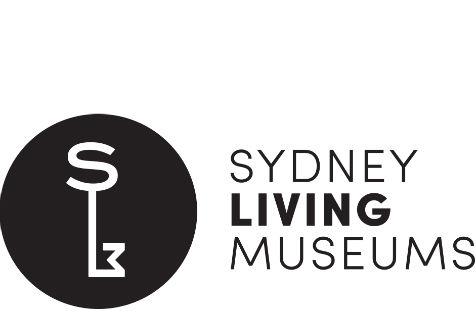A new look for old houses – Sydney Living Museums
Kate Clark
Museums exist in a competitive world. Particularly in a place like Sydney we compete daily with other cultural and leisure activities for people’s time and attention, and compete with many others for funding, sponsorship and recognition. At the core of this is our public value proposition – the value that we create, that in effect justifies public and private investment and support for what we do.
That value has many different facets – there is the value that we create by caring for the State’s most significant collections and handing them on to future generations, and the value we create as an institution – represented by the extent to which we are trusted and accountable. There are the knock-on benefits that we generate for the economy, the environment and society and finally, there is the value that we create for our customers – the visitors , clients and other people who engage with us and our collections.
At the Historic Houses of NSW we recently undertook our own kind of public value exercise, that started with our customers. The result has been a new public facing identity for the organisation, that underpins our public offer from our customer service, to our retail, events, choice of exhibitions and the use of language.
The Historic Houses Trust of NSW has been in existence for over 30 years, growing from an organisation that original held just two historic houses, to one that incorporates 12 different museums and sites including the Museum of Sydney and the Justice and Police Museum. Anecdotal evidence suggested that whilst a core group that included long-standing Members knew the organisation, a much wider range of people did not. In particular, people who attended well-known events such as the Fifties Fair, or corporate events at our headquarters at The Mint had no idea of the identity of the parent organisation.
Rather than relying on hearsay, we commissioned qualitative and quantitative customer research – asking a wide range of questions about what we did but also what participants did. We sampled around 1000 people drawn from Members, Enews recipients, visitors but also people who had not visited. The results were both interesting and challenging, including:
- low awareness of the organisation
- a significant perception gap between those who did know us and those who did not
- an understanding of our core, fringe and unengaged audiences
- a better understanding of what visitors did and did not enjoy
- a better understanding of how people visited
It gave us insight into what people saw as our strengths and weaknesses, but also into who our core audiences were.
The results were sufficiently challenging to cause us to look again at our public image and offer. Using that research, we – staff, members and volunteers – worked with the agency Frost to develop a new strategy, in effect articulating and refining our core values and what we were able to offer to the public.
The result was a 90 page customer strategy, which in effect held a mirror up to us, helping us to put into words what we cared about and were trying to achieve. Ironically, we spent far more time on that than we did on the final aspect of the project – the design work for a new look and feel, which has resulted in both a new name, and a new visual identity.
Our offer to the public is grounded in the idea of ‘experiencing a whole other life’ and based on four core values –
- a sociable host – we welcome people to our sites
- authentically resourceful – our collections are in real buildings and real places
- personally fascinating – we help our visitors to make personal connections to our places
- reviving – we don’t just revive your life, but revive traditional skills and knowledge
Our new public facing identity – Sydney Living Museums – is supported by a new logo, new photography, different ways of describing ourselves and a new colour palette.
Like all such projects, this was less about the design, and more about our public value offer. The initial driver was a mismatch between what we offered and what people thought, and we all feel that the new identity is a much closer fit.
The language of branding and marketing can be challenging for public sector organisations, with the risk that this is seen as poor use of money when budgets are tight. For us this will enable us to save money on design costs through a single look and feel, and by creating templates that our properties and partners, such as Members, can use. More importantly, the strategy acts as a filter to help us make difficult choices in an environment of significant financial challenges where every choice we make is harder and riskier.
But now we are through the public launch, the project has not stopped. The brand work has given us more confidence in making difficult decisions, as well as a stronger core organisational sense of purpose. The interesting thing will be the long-term impact on public awareness, income and visitor numbers.





